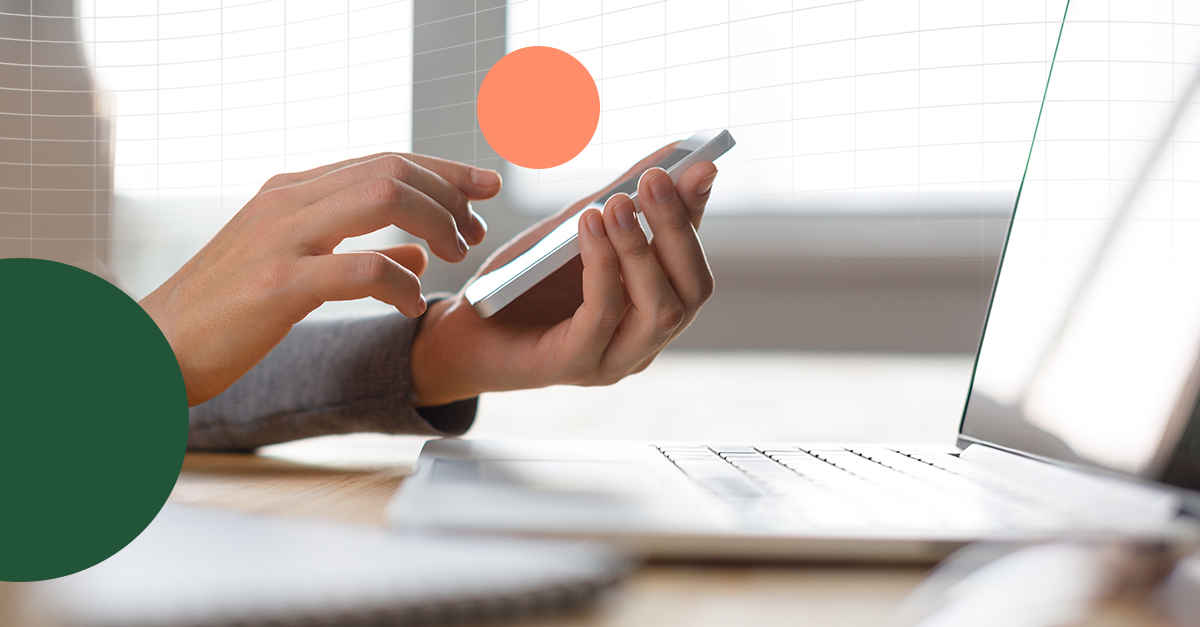Financial analysts are on the receiving end of “but what does it mean?” from almost everyone in their organization.
Even though finance professionals work with the very numbers and metrics that are the lifeblood of the organization, they frequently find themselves disconnected from the broader company-wide decision-making processes.
But fortunately, there’s a way out—data storytelling.
In this blog, we’ll explain what data storytelling is, discuss how to tailor your message for audiences outside of the finance department and share advice from Vena's own FP&A team on presenting data effectively.
Key Takeaways
- People learn in different ways. While a spreadsheet or raw data may appeal to your finance team, learn to communicate data visually or graphically as well.
- Meet your audience where they’re at. In a mixed setting, you may have different versions of your presentation tailored to those with more or less financial acumen.
- Resist the urge to include every detail in your presentation or report. You can always create an appendix or additional handout that provides more background to anyone who wants it.
What Is Data Storytelling and Why It’s Important for Finance Professionals
Data storytelling means presenting data in a way that’s memorable and easy to digest.
Stories are potent — human beings have subsited on them since the beginning of time. While data is compelling, on its own without context, it doesn’t tell you much. When finance professionals combine both these skills—data analysis and storytelling—it gets them buy-in, credibility and influence.
In finance, data storytelling complements FP&A processes such as budgeting, forecasting and financial reporting by providing context and reasoning behind the numbers. It also helps CFOs turn numbers into narratives when presenting to the board, helping them earn higher trust.
In short, data storytelling is crucial because it helps you prove your business case for financial decisions.
“There’s always something behind the data and being able to uncover that is key, not just for making your point clear but also for guiding decisions within your organization,” says Thomas Krolak, Director of FP&A at Vena.
“This skill is especially valuable early in your career, as it helps you stand out by presenting data while explaining the reasons behind the figures and what they mean for the business. [...] It’s the ability to speak our stakeholders' language. What do they actually care about? And then how that translates to our financials,” he added.
Thomas Krolak, Director of FP&A at Vena, discusses the importance of bringing data to life as an FP&A professional.
Using Data Storytelling in Your Reports and Presentations
When telling the story around your data, consider your audience and ask, “How are they best going to absorb the information I'm presenting?” By varying your presentation style, you can have an effective dialogue with your audience.
Here are three steps to weaving compelling narratives into your presentations:
Step 1: Begin With a Takeaway and Keep It Simple
You want to begin with an end in mind, and not just list off a series of numbers. Explain the big takeaway you want your colleagues to get from your presentation right off the bat.
Also, you might be itching to show all your great work by diving into the details, but the more you try to cover, the muddier your message gets. Define a simple path from finish to start.
Domenic Colangelo, Manager of FP&A at Vena, shares a tip for keeping presentations simple for the sake of clarity, while still coming to the table prepared in case your audience wants additional detail.
Step 2: Work Towards an Analysis
After you’ve explained your main takeaway, that’s when you provide an analysis to back up your conclusion.
While complex financial summaries may help, it doesn't guarantee that your audience understands the data. Try organizing your key facts and figures into a graphic or table. And always remember, all data visualizations should combine both design and function. Your presentation design should be intentional and offer insights—nothing should be mere decoration.
Step 3: Contextualize
Next, add context by setting the scene with tangible, operational examples and making connections between different data sources.
“Every business unit has different needs and objectives. So, one objective or KPI is not necessarily going to work for other teams,” Thomas explains.
As an FP&A professional, you don’t necessarily have all the context behind the data you're working with, he adds. “If you’re noticing something in the data, you should ask someone to learn about what that actually meant in real life in an operational sense.”
Being able to step out of the confines of the finance department to find the "why" behind trends you're seeing in the data is what's ultimately going to help you bring the numbers to life and help your audience find the meaning in your reporting.
Thomas Krolak, Director of FP&A at Vena, shares his advice for discovering the context that's going to help you convey why the data matters to your stakeholders.
Tailoring Your Message to Members Outside of Finance
Warren Buffett has said he writes financial reports like he's talking to his sisters: "I have no trouble picturing them: though highly intelligent, they are not experts in accounting or finance. They will understand plain English, but jargon may puzzle them."
In a similar vein, when you’re presenting data to members outside of Finance, use a top-down approach. Start with the most significant, relevant, or interesting information. Then add a layer of detail. Finally, present examples and case studies.
If you’re creating a stand-alone written document, make sure you lead with the key takeaway and make the finer details easy to find. Starting off with a summary and table of content puts your reader in the driver’s seat and they can access what’s most important to them.
When you’re giving an oral presentation, start with a compelling narrative. Use illustrative examples to further your case. Finally, leave time for detailed questions and engage with your readers.
Pro tips for communicating financial data to a non-finance audience:
- Encourage an interactive discussion by posing thought-provoking questions related to the data. This allows you to have two-way dialogue, clarify complex points in real time and tailor your message as the conversation unfolds.
- Focus on the most impactful elements and present them first—dwelling on minor details can cloud your overall message.
- Answer the “so what?” for each of your findings.
- Always highlight your final takeaways and recommendations.
How Data Visualization Supports Storytelling
Visuals also play a big role in getting your message across, bridging the gap between inputs and insights.
“Data visualization helps you see the trajectory and history of information,” says Thomas. It’s a concise way of wrapping up a lot of data and analysis to pack a punch in a few sentences.
Let’s say, for example, you want to show how the company is balancing its prioritization of growth and efficiency.
Imagine a simple line graph that plots quarterly revenue against operational costs over several years. This visualization immediately tells a story of how the company's efficiency has evolved.
If the revenue line steadily ascends while operational costs remain flat or even decline, it's a clear indication of improving efficiency. This graph can serve as a powerful tool in a presentation to highlight the effectiveness of cost-saving measures or investment in productivity tools.
Within our own finance team at Vena, we use a mix of charts, graphs and tables in our presentations across the board.
“With trends, specifically, it's very informative to show a correlated trend in a table. You can also showcase annual and year-over-year trends,” says Domenic Colangelo, Manager of FP&A at Vena.
Data storytelling is the difference between communicating information and communicating impact.
But as any FP&A professional knows, putting together these kinds of high impact reports and presentations takes time, especially if you're working with data visualizations.
Vena for Microsoft PowerPoint helps you eliminate hours spent building presentations by making it easy to use your already configured data within Vena directly in PowerPoint. Recurring reporting becomes a breeze, as you can simply hit refresh to get updated data and insights, saving you the hassle of rebuilding your reports every time.






